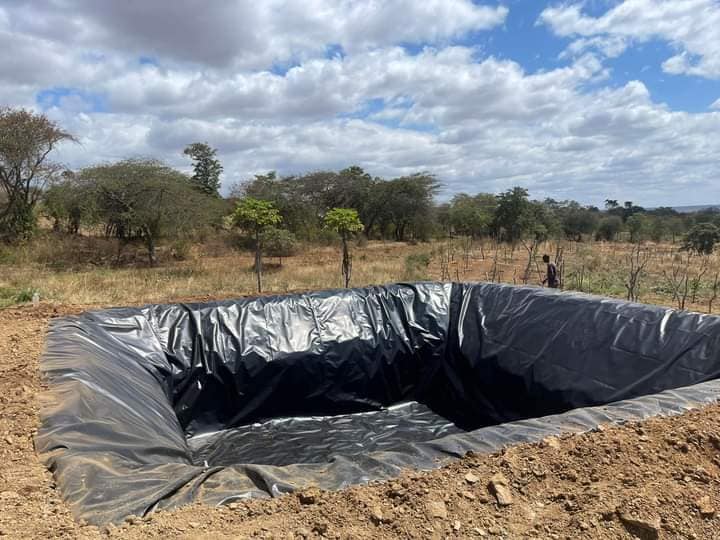Water management is crucial for agriculture, mining, aquaculture, and other industries. Plastic dam liners have emerged as a vital solution for efficient water storage and management. This guide delves into the benefits, types, and installation tips for plastic dam liners, ensuring you make an informed choice for your needs.
Benefits of Plastic Dam Liners
- Cost-Effective: Plastic dam liners are relatively inexpensive compared to traditional concrete or steel options. They offer a budget-friendly solution without compromising quality.
- Durability: Made from high-quality polyethylene or PVC, these liners are designed to withstand harsh environmental conditions, including UV radiation and extreme temperatures.
- Leak Prevention: The impermeable nature of plastic liners ensures minimal water loss, making them ideal for efficient water storage and conservation.
- Easy Installation: Lightweight and flexible, plastic dam liners are easier to install and handle compared to other materials.
Types of Plastic Dam Liners
- High-Density Polyethylene (HDPE): Known for its high strength-to-density ratio, HDPE liners are resistant to chemicals and UV radiation, making them suitable for various applications.
- Low-Density Polyethylene (LDPE): More flexible than HDPE, LDPE liners are easier to mold and shape, making them ideal for irregularly shaped ponds and dams.
- Polyvinyl Chloride (PVC): PVC liners are highly flexible and provide excellent puncture resistance. They are commonly used in aquaculture and agricultural applications.
- Reinforced Polyethylene (RPE): Combining the benefits of HDPE and LDPE, RPE liners offer superior durability and flexibility, making them a popular choice for large-scale projects.
Installation Tips for Plastic Dam Liners
- Site Preparation: Ensure the area is clear of sharp objects and debris that could puncture the liner. Smooth out the surface to prevent any stress points.
- Proper Measurement: Accurately measure the dimensions of your dam or pond to ensure you purchase the right size liner. Consider extra material for overlap and anchoring.
- Liner Placement: Carefully unroll the liner and position it over the area. Avoid dragging it across rough surfaces to prevent damage.
- Seaming and Welding: If multiple pieces are needed, ensure proper seaming and welding to create a watertight seal. This step is crucial for preventing leaks.
- Anchoring: Secure the liner around the edges using anchor trenches or weights. This will keep the liner in place during filling and operation.
Additional Resources
For more information on plastic dam liners and their applications, check out these external resources:
- Aquaculture Innovations – A comprehensive guide on using plastic liners in aquaculture.
- Geomembrane Technologies – Detailed insights into different types of geomembranes and their uses.
- Liner Installers – Professional installation services and tips for large-scale projects.
Conclusion
Plastic dam liners are an efficient, cost-effective, and durable solution for water storage and management. By understanding the benefits, types, and installation process, you can ensure the success of your project. Whether you’re in agriculture, aquaculture, or industrial sectors, plastic dam liners offer a versatile and reliable option for your water management needs.
For further reading and to explore more about plastic dam liners, visit The Dam Liner Company, a leading supplier of high-quality liners tailored to various applications.

